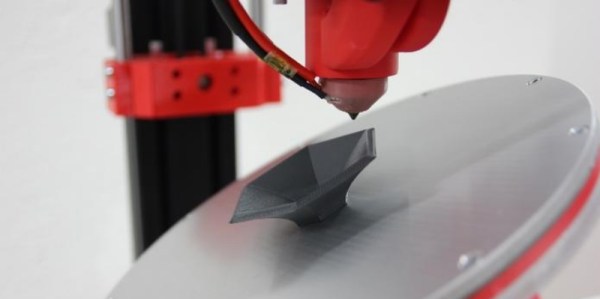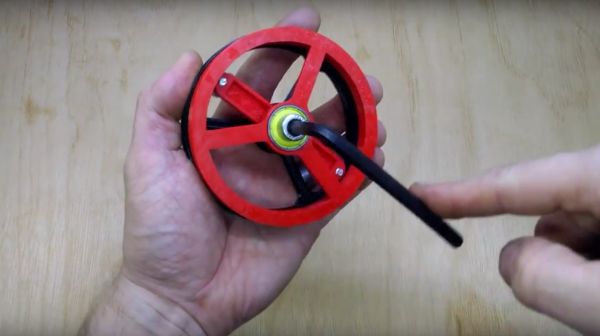What is this, 2009? Let’s face facts though – smartphones are computing powerhouses now, but gaming on them is still generally awful. It doesn’t matter if you’ve got the horsepower to emulate any system from the last millennium when your control scheme involves awkwardly pawing away at glass when what you need is real buttons. You need a real controller, and [silver] has the answer – a 3D printed phone mount for the original Xbox Controller.
It’s more useful than it initially sounds. The original Xbox used USB 1.1 for its controllers. With a simple OTG cable, the controllers can be used with a modern smartphone for gaming. The simple 3D printed clamp means you can have a mobile gaming setup for pennies – old controllers are going cheap and it’s only a couple of dollars worth of filament. The trick is using the controller’s hilariously oversized memory card slots – for some reason, Microsoft thought it’d be fun to repackage a 64MB flash drive into the biggest possible form factor they could get away with. The slots also acted as a port for online chat headsets, and finally in 2017, we’ve got another use for the form factor.
For the real die-hard purists, [silver] also shares a photo of a similar setup with a Nintendo 64 controller – including a big fat USB controller adapter for it, hanging off the back. Not quite as tidy, that one.
It’s a neat little project – we love to see useful stuff built with 3D printers. If you’ve been looking for something functional to print, this is it. Or perhaps you’d like to try these servo-automated 3D printed light switches?



















